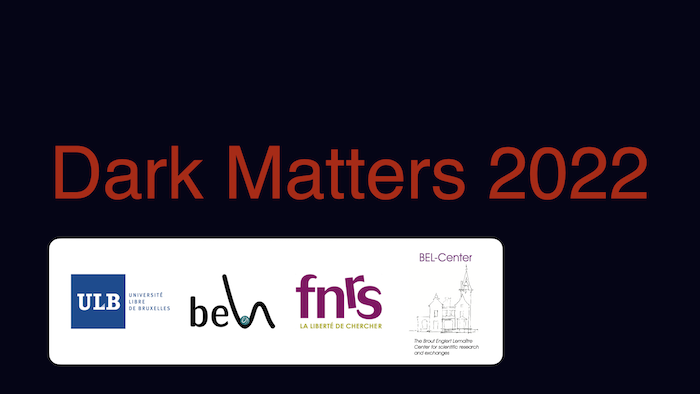Speaker
Description
Recent measurements of the cosmic X-ray and radio backgrounds (CXB and CRB) unveil an excess of radiation with respect to what is expected from known sources, suggesting the presence of an elusive population of still undiscovered emitters. We investigate the hypothesis that the CXB and CRB excesses are due to primordial black holes (PBHs) which may constitute an arbitrary fraction of dark matter (DM). We present a novel semi-analytical model to compute gas accretion onto PBHs, assuming that they are distributed both inside DM haloes and in the intergalactic medium, including a self-consistent treatment of heating and ionizing feedback on the surrounding environment. We assume bolometric corrections to obtain the X-ray (2-10keV) luminosity and the fundamental plane relation to calculate the radio (1.4GHz) luminosity. By integrating the X-ray and radio emission through the entire cosmic history, we find that (i) the contribution of PBH emission to the CXB and CRB is dominated by accretion onto PBHs in DM haloes; ii) even a small fraction of PBH in DM (0.3%) can reproduce the total observed CXB excess and contribute up to 1% to the CRB one. We finally comment on the implications of our findings on the 21 cm emission, detectable by current (e.g. EDGES) and future (e.g. SKA) radio experiments.

